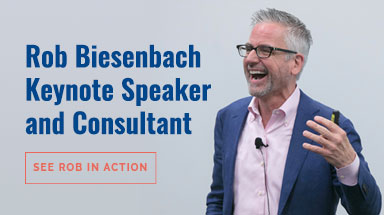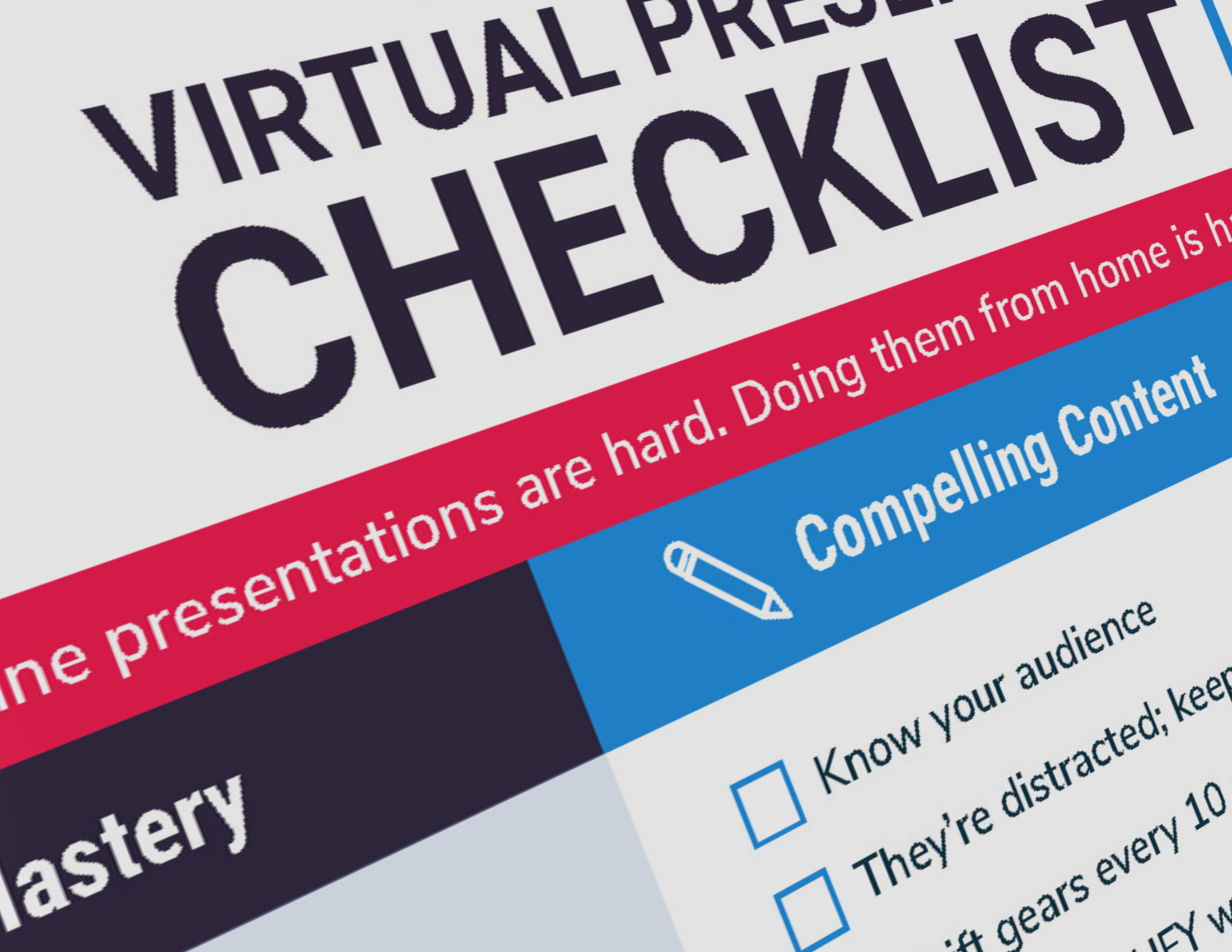 Every audience has one thing in common: they want to know, “What’s in it for me?” If your speech or presentation is all about you, you’ll never grab and hold their interest.
Every audience has one thing in common: they want to know, “What’s in it for me?” If your speech or presentation is all about you, you’ll never grab and hold their interest.
So whether you’re presenting to a group of coworkers around a conference room table or to a thousand strangers in a ballroom, there are at least six questions you must ask in order to understand your audience and their needs.
1. Who Are They?
If you’re speaking at a conference, review the attendees list, talk to the organizers — maybe even interview a few audience members.
And even if it’s an audience you already feel familiar with — coworkers, for instance — you need to get a deeper understanding of them beyond their names and job titles:
- How do they like to receive information?
- Are they big picture people or detail-oriented?
- Are they impatient or relaxed?
- What are their hot buttons?
A client of mine said that whenever he meets with a certain colleague he knows the first question will always be about budget. That’s the hot-button issue. So he starts every presentation with an assurance that his idea has been cleared with the financial people.
2. What Do They Want?
It’s inevitable when I sit down with clients at the beginning of the speechwriting process, they start by saying, “This is what I want to tell them” or “This is what they need to know.” My reply is always, “Before we talk about what you want, I want to know what they want.” Because if we don’t address that, we’re dead in the water.
You have to find a bridge between your goals and your audience’s needs.
3. What Do You Have in Common?
Locating that bridge often involves figuring out what you have in common. What are the cultural or emotional touchstones that bring you together?
For an internal audience, it might be pride in the company’s heritage or reputation or loyalty to customers or coworkers. If you’re talking to customers, it could be love for the product or the desire for a simple, efficient experience.
And if you’re speaking to the public, you can draw on ties to the community or the desire to create a better place for your children.
4. What Do They Know?
Too often, speakers either talk down to their audience or over their heads. So on one hand, we tend to tell people a bunch of stuff they already know. That’s epitomized by the lengthy situation analysis, designed to assure people that we’ve heard everything they told us. A little context is helpful, but too much insults the audience’s intelligence and wastes everyone’s time.
At the opposite end is the tendency to cling to jargon, acronyms, technical terms and other insider language.
Few things are more annoying than a speaker who hasn’t tuned his remarks to the audience’s knowledge level. All it takes is spending a few moments inside their heads.
5. What is Their Mood?
Are they angry, skeptical, impatient, frustrated? Their mood shapes the tone of what you say. And if your remarks are tone deaf, you will lose your audience from the outset.
I’ve seen this time and again. A community is outraged, and instead of offering understanding, a spokesman comes out with a message heavy on analysis and legalese. Or an employee group is fearful and angry and instead of offering reassurance, an executive comes out in “cheerleader” mode. “Hey, everybody, who’s psyched about the future?”
There may be no quicker way to forfeit your credibility with an audience than trying to “push” the mood this way. Instead, try to meet them where they are, show some empathy, and bring them along with you.
6. What are Their Doubts, Fears and Misperceptions?
As you put together your presentation, think through every possible objection, every flaw in your argument, every hole in your logic. Be prepared to defend your ideas and even bring up those objections on your own.
This is a major point of pushback with executives. They’ll say they don’t want to “dwell on the negative” or get “stuck in the past.” They want to be positive and move forward.
But there’s a huge difference between wallowing around in the negative and simply acknowledging it and pivoting to the positive. Audiences need to hear that you understand their concerns, that you care about them and that you plan to do something about it.
By simply ignoring the elephant in the room, you’ll appear out of touch.
Understanding Your Audience Brings Confidence
When people discuss their fear of public speaking, they often talk in terms of having to “get up and talk in front of a bunch of strangers.” But I believe if you do your homework, your audience will feel less like strangers and more like allies.
By the way, failure to understand your audience if one of the 11 Deadly Presentation Sins I cover in my book. If you haven’t checked it out, it’s available in multiple forms — print, ebook and audiobook — from multiple sources.
(And here’s the story behind the Vince Vaughn stock photo if you’re interested.)




